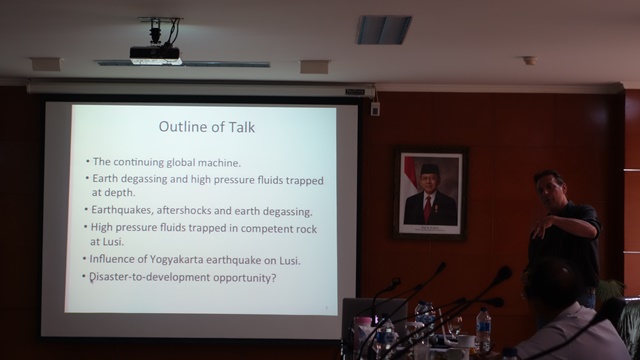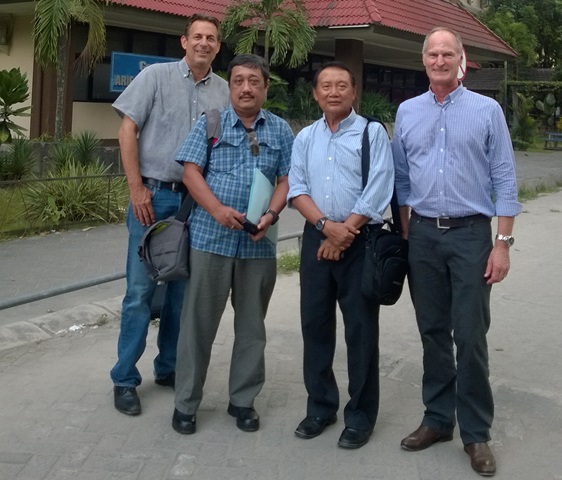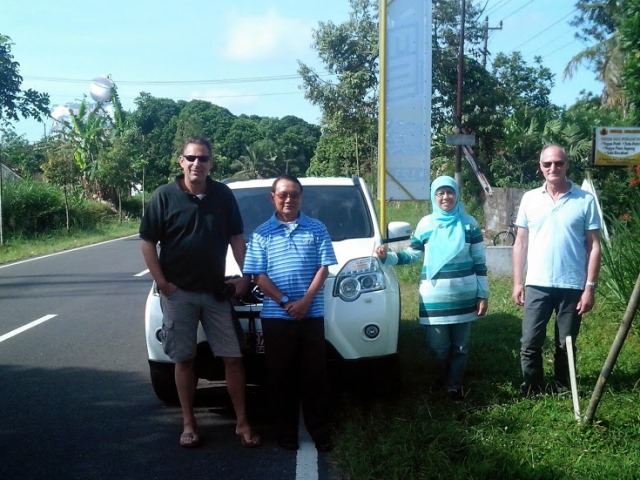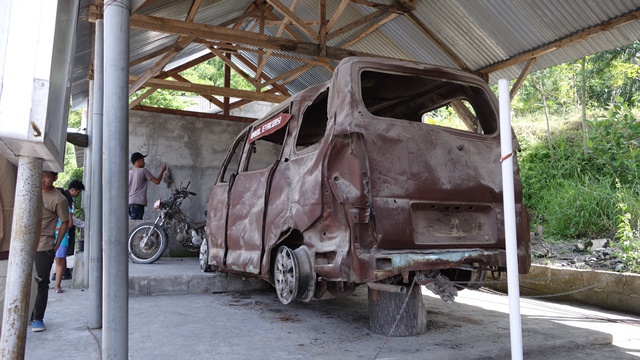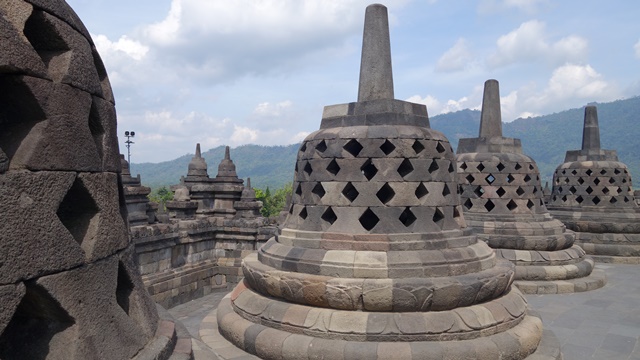Why did you carry out the Social Impact Study?
- We wanted to get a better understanding of the impact of this disaster
- We needed to gain a better understanding of the past, present and future problems faced by the victims and Government
- There was very little information publicly available
What were the methods used for your audit? How did you obtain the data in the report?
- This is not an audit, moreso it is a report on what the stakeholders have spent and what has been done to assist those affected by the disaster
- Humanitus personnel visited the area on a number of occasions to talk to victims, those helping the victims and Government agencies
- We studied previously published reports and cross referenced the information and conclusions contained in these reports
- We requested and were given information from BPLS and Lapindo regarding their responsibilities and payments to date. All figures provided to HSF were those provided to Komnas Han
- Where possible information received was cross referenced
- Social analysis work used two main methods: (1) Compilation, comment and analysis of documents and data gathered to date by HSF, Government and Non-Government authorities (2) Records of interviews with those affected
- The report has focused primarily on the macro social and accompanying economic factors
- With a disaster of this scale effective and relevant interview process with a viable cross section of the affected community is problematic. These people, unless living within relocation centres, are difficult to contact and renders a comprehensive individual interview process beyond the scope of this report.
- With all interviews that were conducted emphasis was placed on maintaining ethical standards of respondent and interviewee anonymity, where appropriate, and voluntary participation
Did the results of the report meet your initial expectations?
- We started the process with no expectations regarding the results and we needed a 'baseline' report
What are some of the most interesting points/findings of the report?
- We now know what has been spent by the Government and Lapindo
- Contrary to what we have read in the media both BPLS and Lapindo have met the vast majority of their commitments and collectively spent trillions of Rupiah
- Lapindo to date have spent Rp. 5.7 trillion with on-going payments of a further Rp. 1.1 trillion to be finalised in 2012
- The Government has spent Rp. 1.1 trillion since 2009 with Rp. 1.29 trillion budgeted for 2011
- This is a complex and on-going disaster. Ecologically the region appears stable though economically and socially the area has changed dramatically
- The controversy has made the issue a lot bigger, created confusion, frustration and anger for the people affected
- The majority of claims have been paid in full and those remaining are receiving progress payments
- There are still issues related to areas outside the designated zones
- 100% of those who participated in training programmes implemented by BPLS have been able to find work with their new skills
- Through numerous field trips we ascertained the Porong River, and river mouth, appear to be ecologically sound and life and livelihoods around the river appear to be unaffected
What recommendations do you have for the parties involved?
- The Government needs to form a Badan Otorita (long term authority) which will attract international funding for management and future research of this disaster
- The region is important to Indonesia's economy and economic stimulus for the region is essential
- There shoud be a focus on new career opportunities
- Strategic planning for the region needs to be prioritised
- It is important for citizens of Indonesia to certify their land tenure. This issue has caused extensive problems for victims and will continue to be an issue in future disasters unless people are made aware of the importance of securing their land tenure documentation
- Though a number of affected schools have been relocated there is still a lot of work to be done to ensure society's most important assett, its children, have access to safe and adequate education facilities



